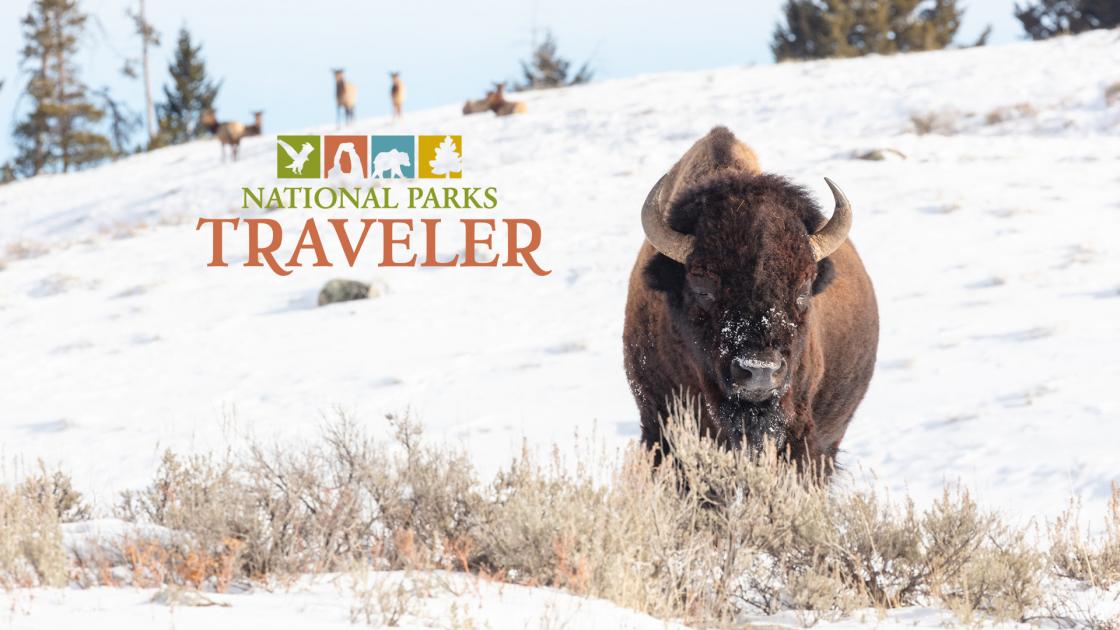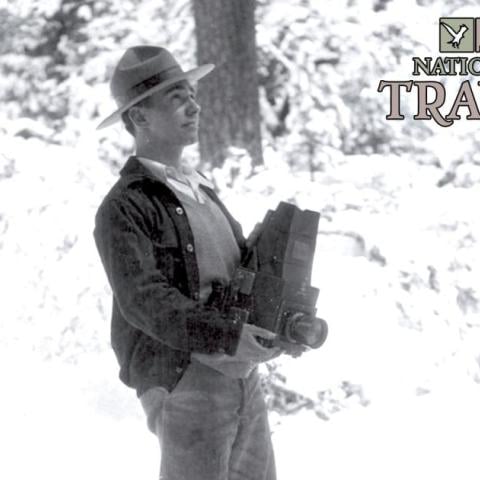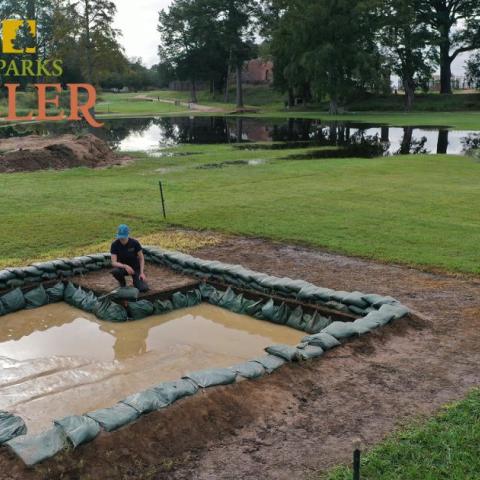Bison, which in 2016 were designated as the United States' national mammal, once numbered as many as 60 million or more in North America and roamed from Nevada to Virginia and northern Canada to Mexico.
But in the late 19th century, the possibility arose that bison would be wiped off the U.S. landscape as tens of millions of the animals were killed to deprive native cultures of food, clothing, and other items. William Temple Hornaday was determined not to let that happen. A taxidermist who had traveled the world over collecting wildlife specimens that could be sold to museums, universities, and even private collectors for exhibits, Hornaday became enamored with bison when he went West to kill one or two for display in the National Museum before the species went extinct.
Rather than sit by idly and wait for the species to be wiped out, Hornaday and a young Theodore Roosevelt launched the American Bison Society to work to preserve the species. They did, of course, succeed. Today there are an estimated 10,000 bison on public lands -- places such as Yellowstone and Wind Cave national parks -- and thousands more on private ranches and state parks. Yellowstone, with roughly 5,000 bison, claims the greatest bison population on public lands.
Should Yellowstone have more bison, should it have less? Just recently the park embarked on an environmental impact statement to examine that question. We’re discussing that with Dr. James Derr, a professor of veterinary genetics at Texas A&M University who has spent more than a quarter century directing worldwide research projects in wildlife and livestock conservation genetics. Some of that research has centered on Yellowstone’s bison herds.


 Support Essential Coverage of Essential Places
Support Essential Coverage of Essential Places









Add comment